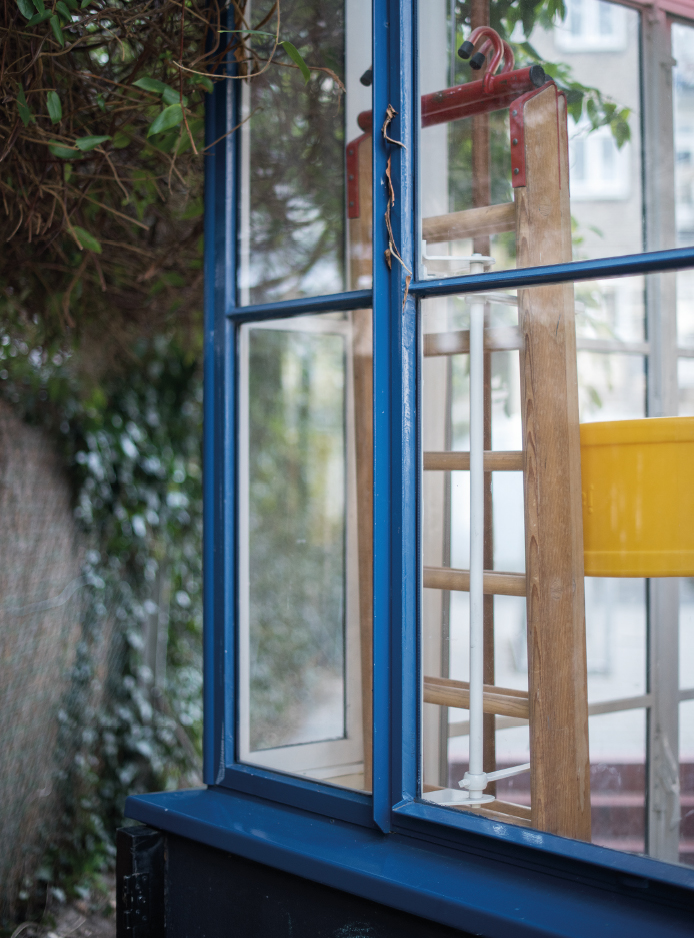
by Anna Pellegrino, Politecnico di Torino
Daylighting has always been an essential and irreplaceable resource in the field of architecture. It can be considered a resource from a design perspective, since it contributes significantly to the character and appearance of indoor spaces in buildings, due to such features as quantity, distribution and direction, through effects of light and shadow, and as a result of its variability in space and time.
It is a resource from an economic perspective, since daylight availability and the quality of daylighting design contribute to the economic value of buildings, whilst the quantity of daylight available during the occupancy hours of spaces a leads to a reduction in the use of electric lighting and consequently in energy costs.
But natural light is also a resource for the people who use the buildings. A daylit luminous environment and the presence of openings towards the outside are essential for the health and well-being of the users, from both a physiological and a psychological point of view. The beneficial effects of views outside include eye relaxation, perception of the flow of time, spatial relation to the outdoor context, and many more. Furthermore, the intensity, spectrum and variability of daylight can positively affect human circadian rhythms and reduce seasonal affective disorder.
Daylight can also affect productivity and comfort when carrying out visual tasks. In terms of visual comfort, it leads to both benefits and drawbacks. The large amount of light that can reach the workplane, its high colour rendering and spectral variability are generally perceived as benefits. Conversely, the high luminance of daylight sources can produce direct glare or reflected glare on glossy surfaces.
Given all its benefits, daylighting is a fundamental part of sustainable architecture, and new developments in daylighting research and technology are influencing the way buildings are being made or will be designed in the future.
One development area concerns the metrics adopted to assess daylighting. Since the beginning of the last decade, climate-based metrics have been proposed to take into account the annual daylight potential of a building. In 2012, the Illuminating Engineering Society of North America (iesna) proposed two new metrics to assess indoor daylighting performance: spatial Daylight Autonomy (sda), which indicates the percentage of area in a room where the illuminance by daylight alone is >=300 lux for at least 50% of the time; and Annual Sunlight Exposure (ase), which is an indicator of the potential risk of glare over the course of a year. It indicates the percentage of area in a room where the illuminance by direct sunlight is greater than 1,000 lux for at least 250 hours a year.
These two dynamic metrics have now been included in the latest version of the leed program for green building certification (leed v4). Furthermore, researchers are even trying to conceive new metrics that are based not only on visual comfort issues but also on nonvisual effects of light or on aesthetic and perceptual aspects of illumination. For the future, the consolidation of effective daylighting metrics, which consider all the aspects related to daylight rather than just those based on workplane illuminance, will be essential for the overall assessment of building performance.
The development of technologies for building envelopes is another important driver of innovation related to daylighting. High-performance, transparent envelopes or building openings are being conceived to reduce energy loads and increase human comfort. These innovations are often associated with the concept of ‘adaptive technologies’, which can be active or passive, and generally influence both the thermal and visual performance of buildings. Some examples are glazed facades with integrated, complex solar control components, passive daylight redirecting systems, phase change materials or even more traditional solutions such as electrochromic glazing, which is now undergoing a revival thanks to the potential size of the building retrofit market. In the case of complex systems, particular attention should be paid to their interaction with, and acceptability by, the user. This is another aspect that could influence the overall building performance to a great extent.
Although natural light has always been recognised as an inherent building material, new goals should be pursued in future buildings: daylighting for human health, well-being and space enhancement rather than only for proper workplane illuminance; daylight control for the optimisation of both visual and thermal comfort, daylight maximisation in order to reduce the overall (both electric and thermal) energy use In buildings.
All these aspects are already targeted in building design practice, but often at a late stage of the process and by different professionals or experts. Daylighting design should be approached in a more holistic way: developing solutions that are part of the architectural concept, while meeting visual, thermal and energy needs. Furthermore, daylighting should be a major focus area of the design process, right from the early stages, and should be comprehensively studied on all scales from urban design to building components.
Anna Pellegrino is an Associate Professor at Politecnico di Torino, Italy. She holds a degree in Architecture and a PhD in Energetics from the same university. Currently, Anna Pellegrino is a member of the research group TEBE (Technology Energy Building Environment; www.polito.it/tebe) at the Department of Energetics of the Politecnico di Torino. Her main research interests are all within the field of lighting: from lighting and control technologies to lighting applications and energy use, from lighting design to issues of light and health, visual comfort and material damage.
This article is featured in D/A magazine #24, for more information visit DA.VELUX.com



